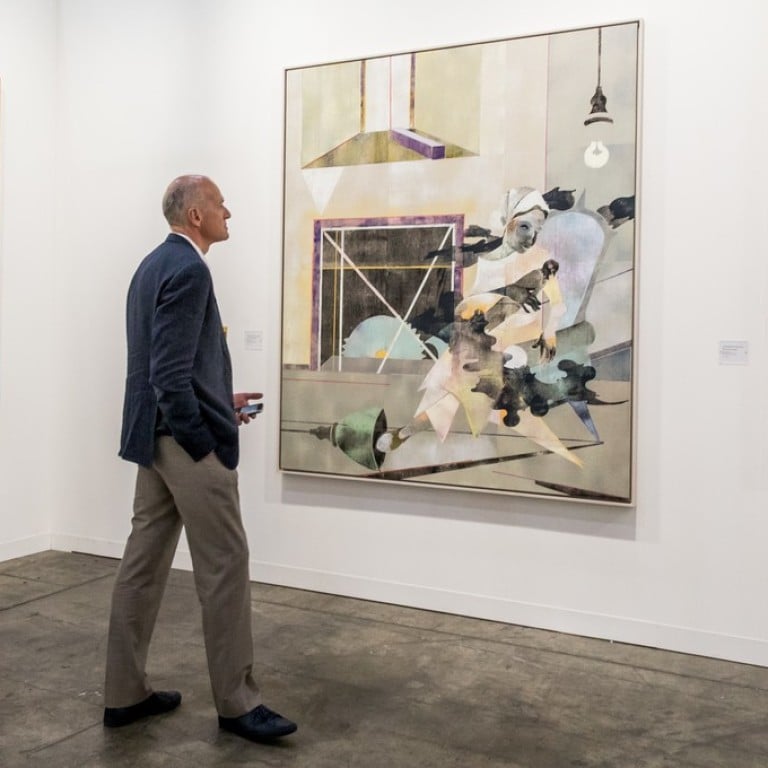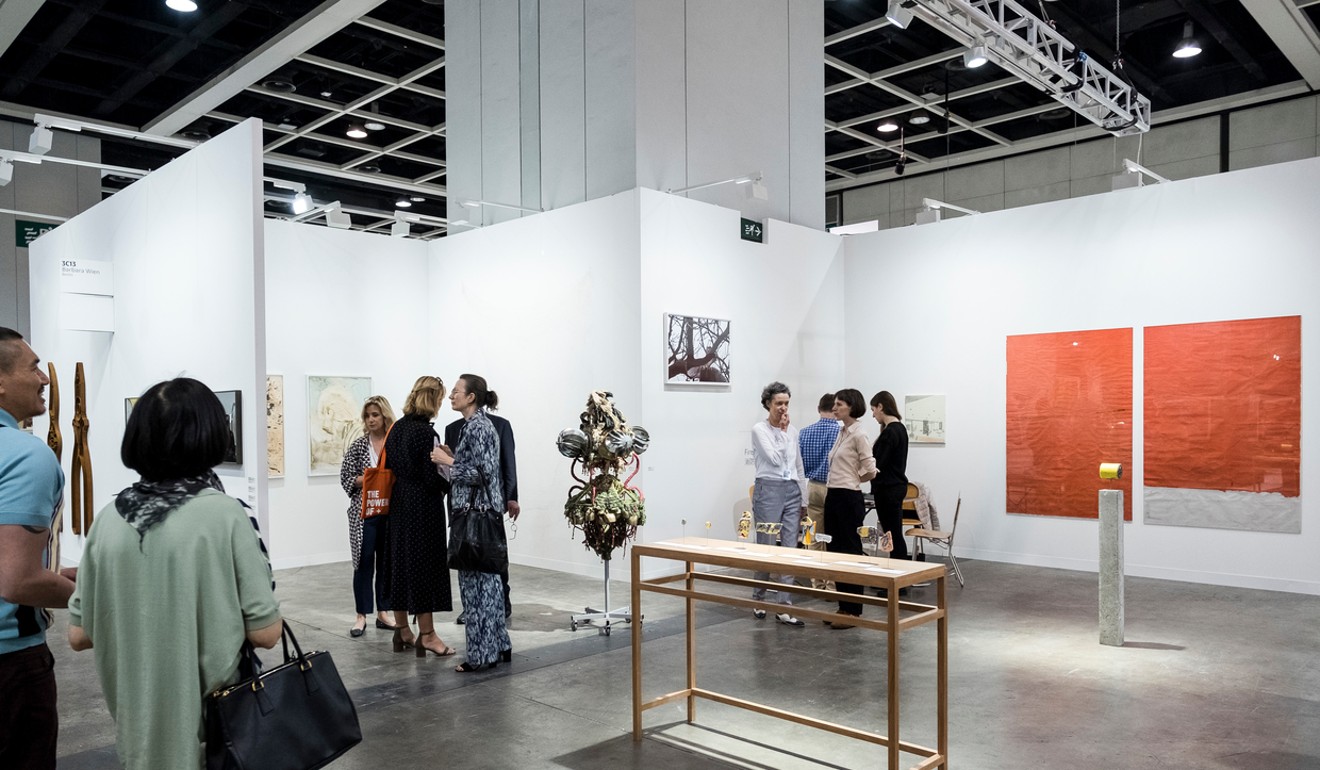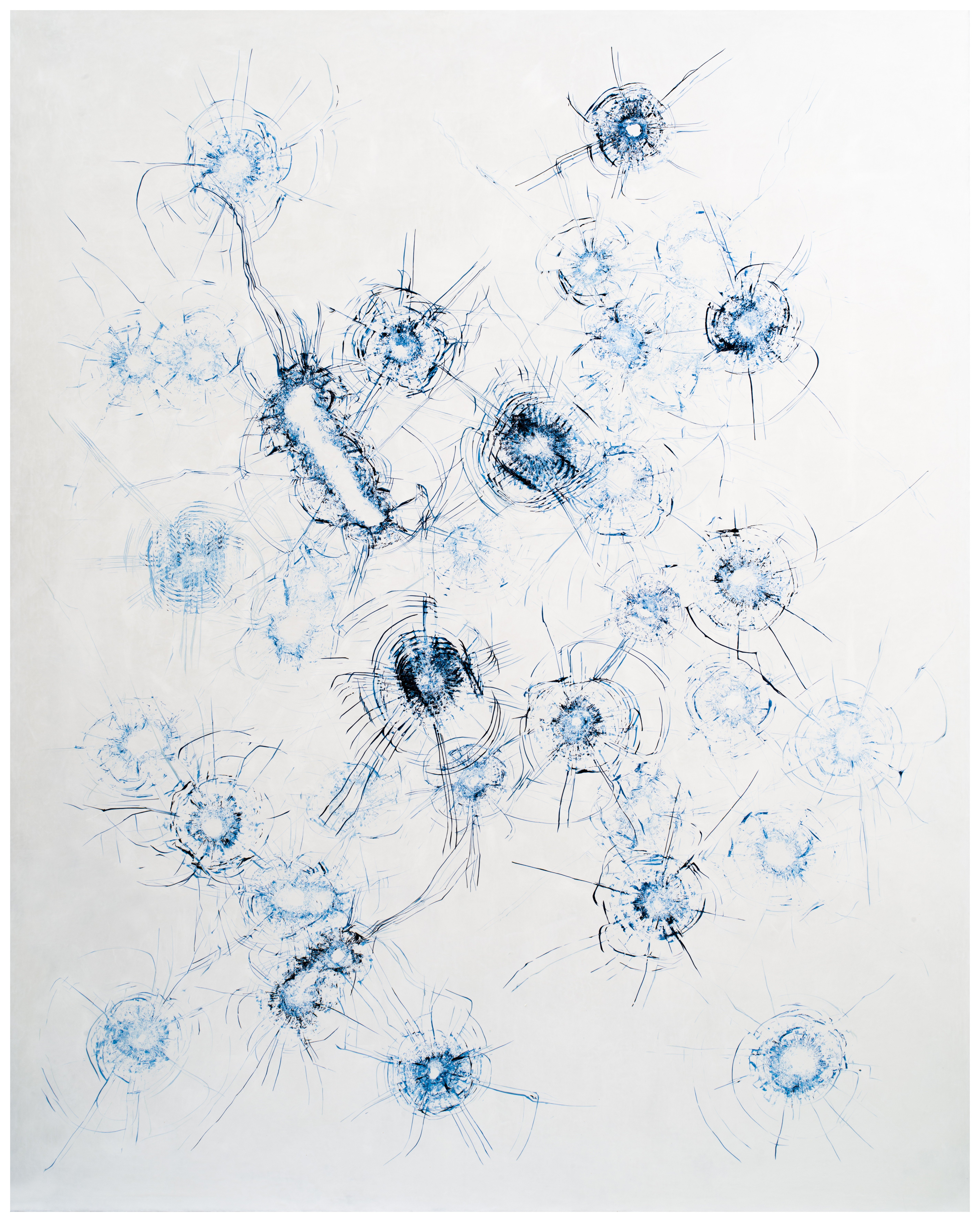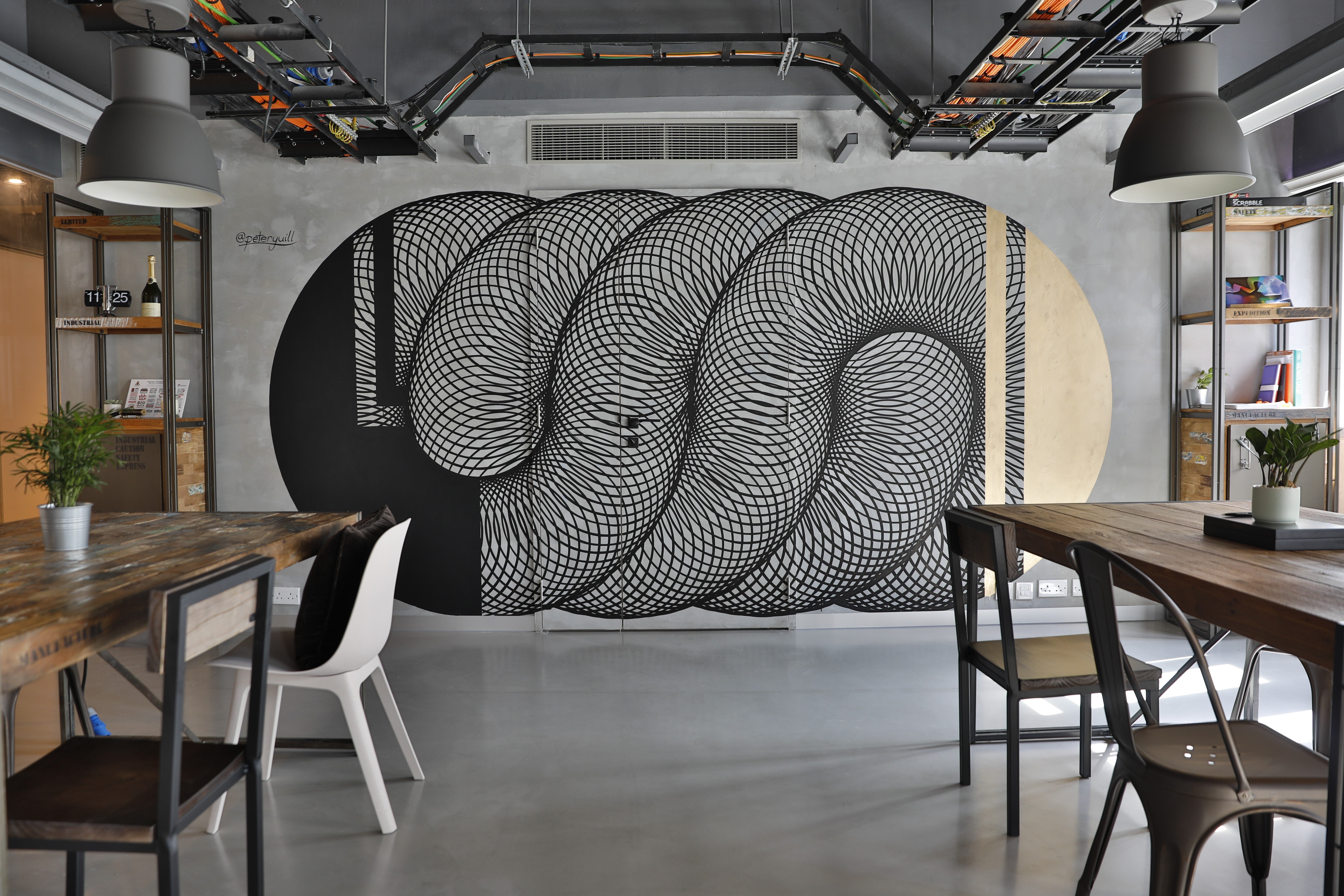Art Basel Hong Kong: tips on how to invest in art

With so many art events coming up in Hong Kong, from Art Basel to the Affordable Art Fair, there has never been a better time to start collecting art.
According to a report by Art Basel and UBS, the global art market is also booming: sales reached US$63.7 billion in 2017, marking a rebound after two years of decline. China also displaced the UK as the world’s second largest art market, they reported in their joint publication, Art Market 2018.
But, be warned – this is a highly addictive pastime
In Asia, art investment has become more accessible as potential buyers gain more exposure to artists and their work.
Art is also a relatively safe form of investment, according to Billy Tea, an art investor and collector in Hong Kong.
“It’s not directly related to the financial market, so it’s stable and protected from fluctuations of the economy. It’s a good way to diversify a portfolio,” Tea says.
While art is essentially a passion investment, it also helps diversify an investment portfolio, especially in times of economic uncertainty, according to senior members of an international auction house.

“Most of our clients do not buy art purely for investment, but are passionate collectors,” says Nicolas Chow, chairman of Sotheby’s Asia and the international head of its Chinese Works of Art department.
As top works become more expensive, it is understandable that collectors will pay attention to their value and return on investment. Tea notes a direct correlation between economic growth and the value of artworks from the country.
“Chinese art is on the rise,” Tea says. But he urges collectors and investors to choose works by particular artists, rather than the country of origin.
“The way to look at it is like real estate. You can get a flat in Central or the New Territories. Both are in Hong Kong but will appreciate differently,” he adds.
In addition to galleries and art events, auctions are a good way to acquire art and get a general feel of the market.
“The auction is a good option for both seasoned and novice collectors to acquire artworks because of the spectrum of material that we gather for auction, across many fields and price points, and because of the transparency of the process,” Chow says.
“Buyers can find out what is for sale by browsing our e-catalogues or subscribing to our print catalogues. The most exciting part is engaging with the works at our presale exhibitions, and we have a team of specialists available at all times.”
Both Tea and Chow offer tips on research, which they agree can be difficult, at least for buyers just starting out.
“Auction prices are only one of the metrics. But a lot of the data on prices is not accessible to the general public,” Tea says.

Chow recommends reading extensively about the art or artist you like, visiting museums and galleries, and talking to dealers, academics or auctioneers.
“The value of an object or a painting will depend on many factors – rarity, beauty, condition, historical importance, freshness to market, provenance and fashion. All these parameters will be calibrated differently depending on the period and nature of the work,” Chow says.
Many extremely rare and beautiful works remain accessible, he adds.
“There are cases of highly important, rare and fresh objects that are aesthetically challenging and therefore quite affordable. When a piece breaks a world record in a category, it is usually because it rates very highly on all these various scales,” Chow says.
But it also depends on the medium, as well as other factors like rarity.
“With old master paintings, issues of condition will be looked at very differently than, say, post-war paintings,” Chow adds.
“A rare and important piece of early 15th-century porcelain will be considered less desirable if it has been on the auction block three times in the last 10 years, if compared to a prestigious old English collection that has not been seen on the market for 50 years,” he adds, noting that the price difference between the two would be significant.
Technical considerations aside, personal taste should play an important part. That is where the collector can express himself in the process of buying something.
“I personally would discourage anyone from buying purely for financial return,” Chow warns. “The last thing you want is to have an ugly painting that reminds you of your bad investment every day.”
The auction is a good option for both seasoned and novice collectors to acquire artworks because of the spectrum of material that we gather for auction
Fiona Argyle, a collector and director of Aratong Galleries in Singapore, also advocates a passion-based approach to buying.
“For investment art, first buy something you love. Then investigate the artist. I tend to buy emerging art, as I like to support people in the field, but I will only do so if I love the work,” says Argyle, who has championed emerging Australian artists in Singapore and Beijing.
“If you are starting to collect, you are in for the most wonderful journey. I would start buying emerging artists from your country of origin. It gives you so much joy, and I believe it’s easier when you start collecting to research your own nation, its history, culture and art.”
Emerging artists are a less expensive option, she says. “And if they do well, it will be one of the best buys of your life.”
Chow recommends just diving in if you are adventurous enough and something catches your eye.
“That first painting, installation or object is sure to set you on a great adventure – lots of new books to read, lots of new museums and places to visit, new people to meet and, eventually, more pieces to hunt for,” he says.
“But, be warned – this is a highly addictive pastime.”
Want more stories like this? Sign up here. Follow STYLE on Facebook, Instagram and Twitter

- While art is essentially a passion investment, it also helps diversify a portfolio, especially in times of economic uncertainty


